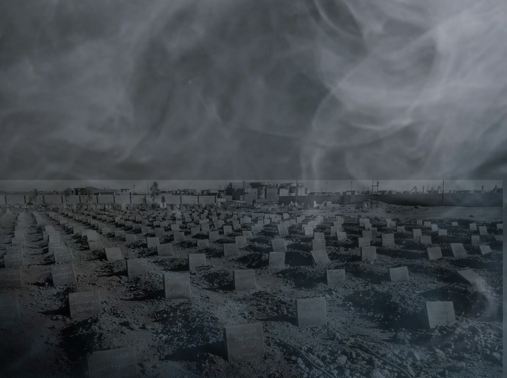|
|
RAND research and commentary on the issues that matter most
|
Sep 17, 2020
|
|
|
|
|
Photo by Stephen Lam/Reuters
|
|
|
|
Wildfires up and down the West Coast have burned more than five million acres, killing more than two dozen people and displacing tens of thousands more.
A recent RAND study zoomed in on two fire-prone areas in California to learn more about how climate change will continue to affect wildfire risk—and the potential consequences for insurance markets and homeowners. The authors project that, in one area, the Sierra Nevada foothills, the average number of acres burned each year could double by mid-century, and then double again by 2100, if more is not done to control greenhouse gas emissions. The researchers' findings could help policymakers, insurers, and homeowners better understand how to address growing risk. Read more »
|

|
|
Photo by AndreyPopov/Getty Images
|
|
What if income growth in America had stayed as equitable as it was in the three decades after World War II? RAND experts tackled this question in a new peer-reviewed working paper. They found that, if the more equitable income distributions had persisted, then the cumulative income of the bottom 90 percent of U.S. adults would have been $47 trillion higher by 2018. And in 2018 alone, the bottom 90 percent would have earned $2.5 trillion more—a 67 percent increase.
Read more »
|
|

|
|
A supervisor checks employees' temperatures before the start of their shifts at Golfland Sunsplash water park in Mesa, Arizona, May 15, 2020. Photo by Caitlin O'Hara/Reuters
|
|
Many U.S. employers have questions about how to safely reopen while mitigating COVID-19 risks. But little is known about the effectiveness of screening for symptoms in the workplace. The authors of a new RAND paper determine that temperature checks are difficult to implement and problematic in terms of employee privacy. They also found little evidence that temperature checks are more effective than other screening approaches at detecting infection. However, checking workers' temperatures might help them feel safer.
Read more »
|
|

|
|
A mass grave of ISIS fighters found in 2017 near Fallujah, Iraq. Photos by Iraqi Ministry of Defence and Marina/Adobe Stock; design by Peter Soriano/RAND Corporation
|
|
Combating terrorism continues to be a focus for the U.S. government, and homegrown jihadists are a major concern. In a new report, RAND's Brian Michael Jenkins assesses this threat. Specifically, he examines hundreds of U.S. residents who have traveled abroad or attempted to do so to join or support terrorist organizations. Notably, it does not appear that radicalized individuals are being admitted into the United States or that immigration vetting is failing. Rather, America's jihadists are made in the United States.
Read more »
|
|

|
|
Chinese warships and fighter jets take part in a military display in the South China Sea, April 12, 2018. Photo by China Stringer Network/Reuters
|
|
The Trump administration's Indo-Pacific strategy has recently received a boost toward its goal of keeping the region “free and open” from Chinese coercion. And ironically, it's China who is responsible, says RAND's Derek Grossman. Beijing's increasing assertiveness against Hong Kong, Taiwan, and others has led many countries to support U.S. objectives. If this trend continues, then Beijing could further alienate others in the region.
Read more »
|
|

|
|
Two USAF A-10 Thunderbolt IIs release flares over the U.S. Central Command area of responsibility, July 23, 2020. Photo by Staff Sgt. Justin Parsons/U.S. Air Force
|
|
RAND's Raphael Cohen recently led a study examining what the future of warfare might look like for the United States. In a new Q&A, he discusses the big takeaway: America faces a grand-strategic choice. The United States can double down on its role as a leading power; it can become more selective about committing its forces; or it can continue to keep up its ambitions without the capabilities to back them up. “You want to avoid that third option,” says Cohen.
Read more »
|
|
|
You already get the latest insights from RAND in your inbox. Why not your earbuds?
Policy Currents is available as a weekly podcast. Five minutes, every Friday.
Subscribe now »
|
|
|
|
|